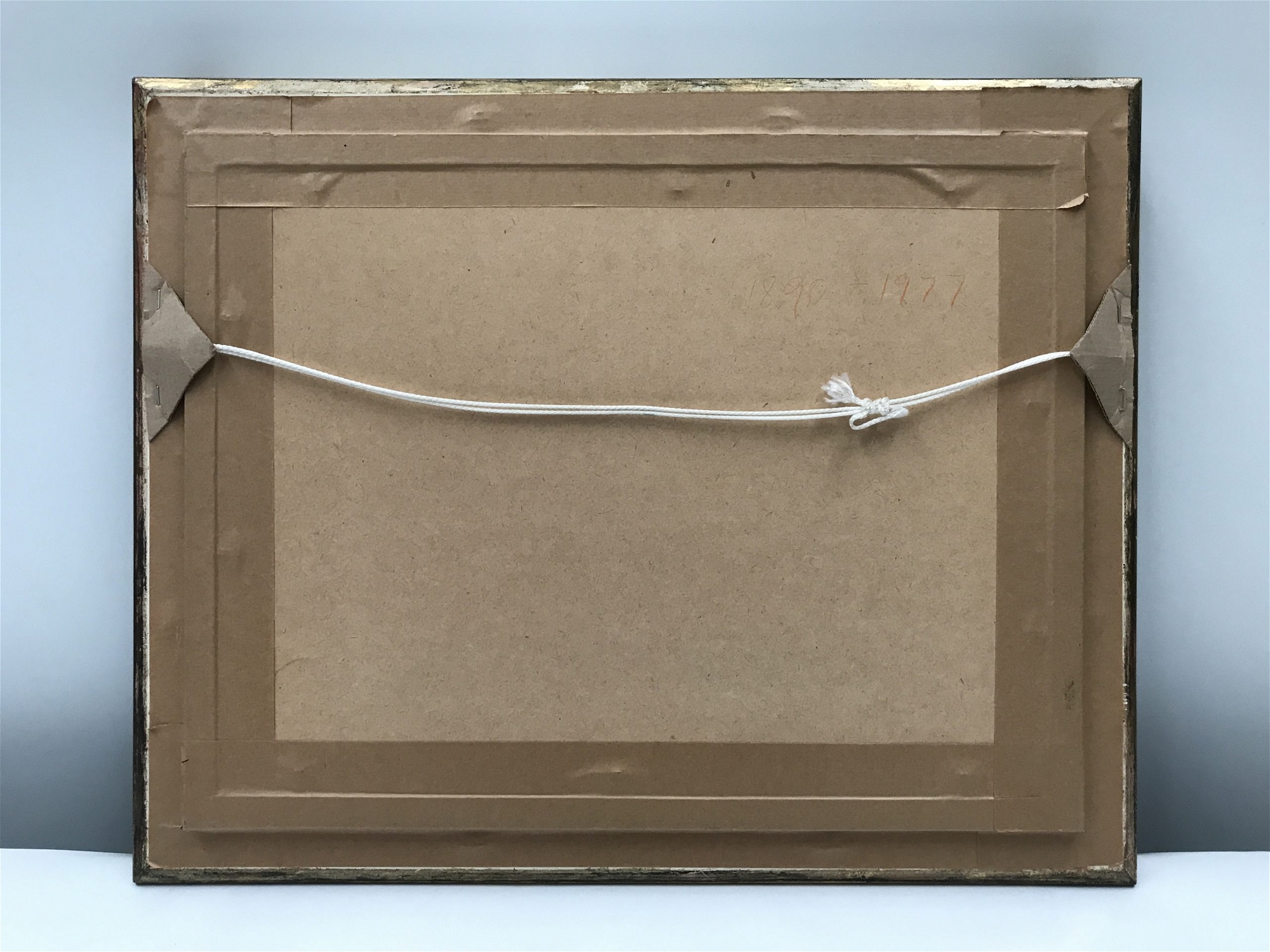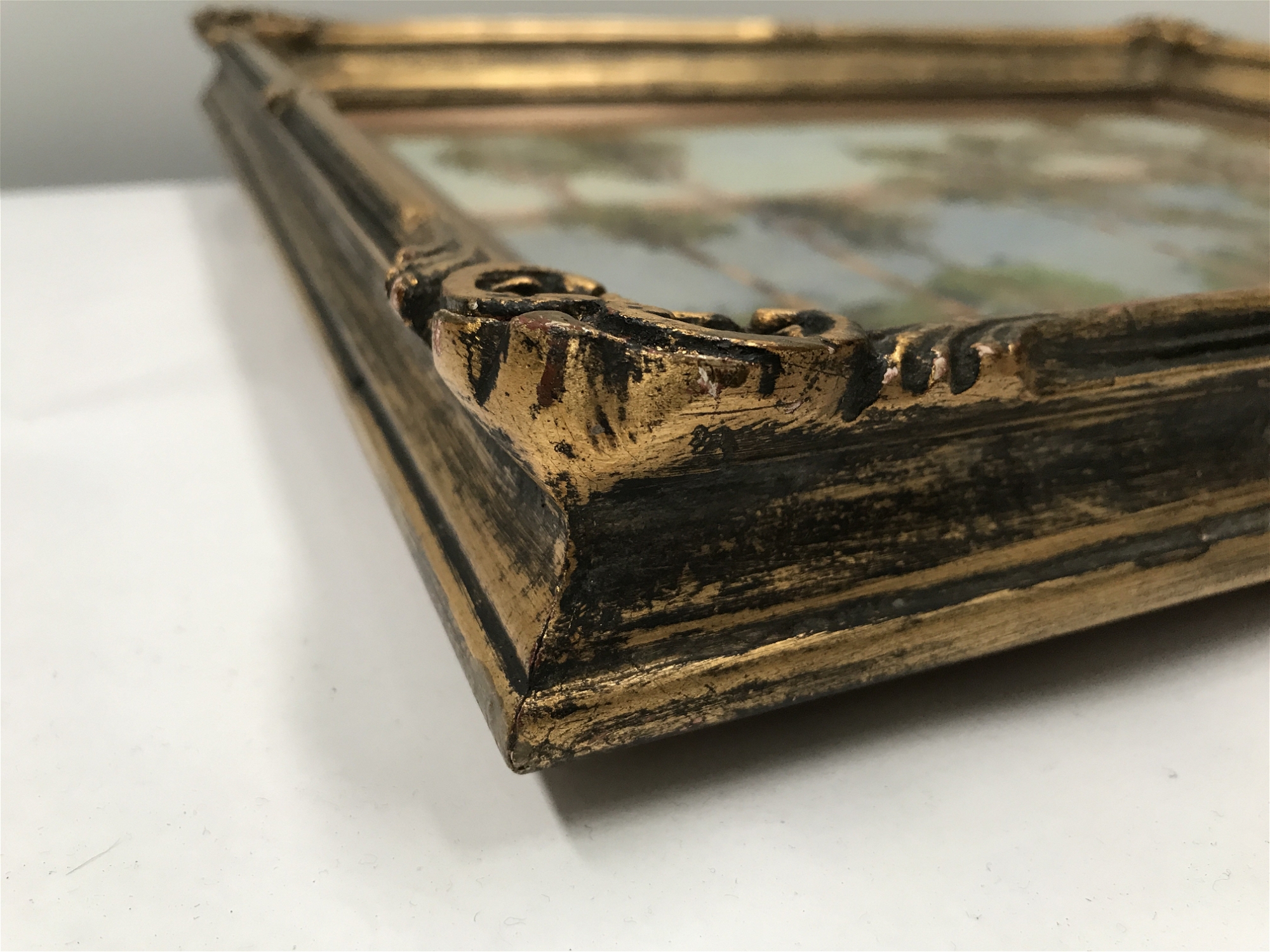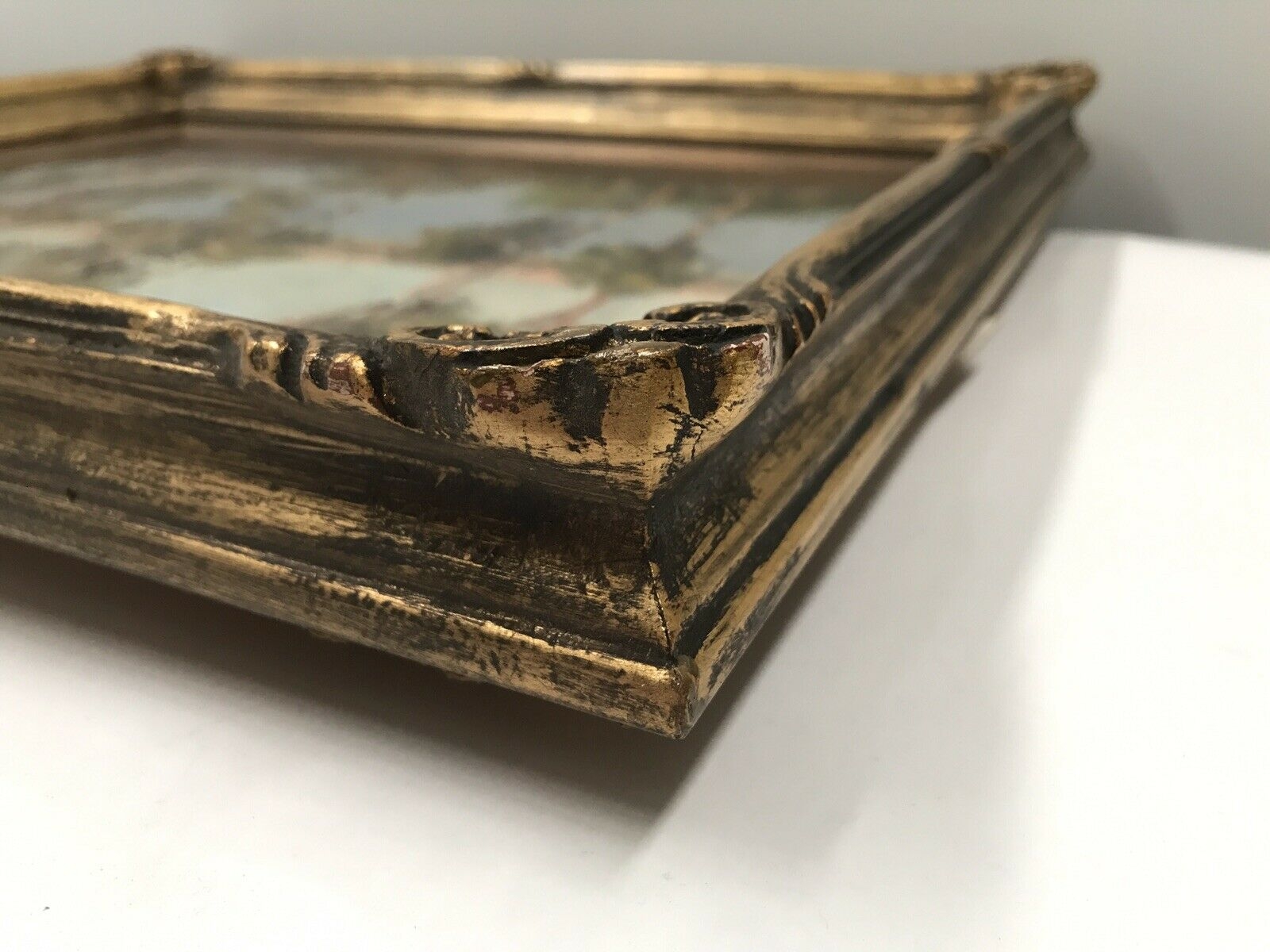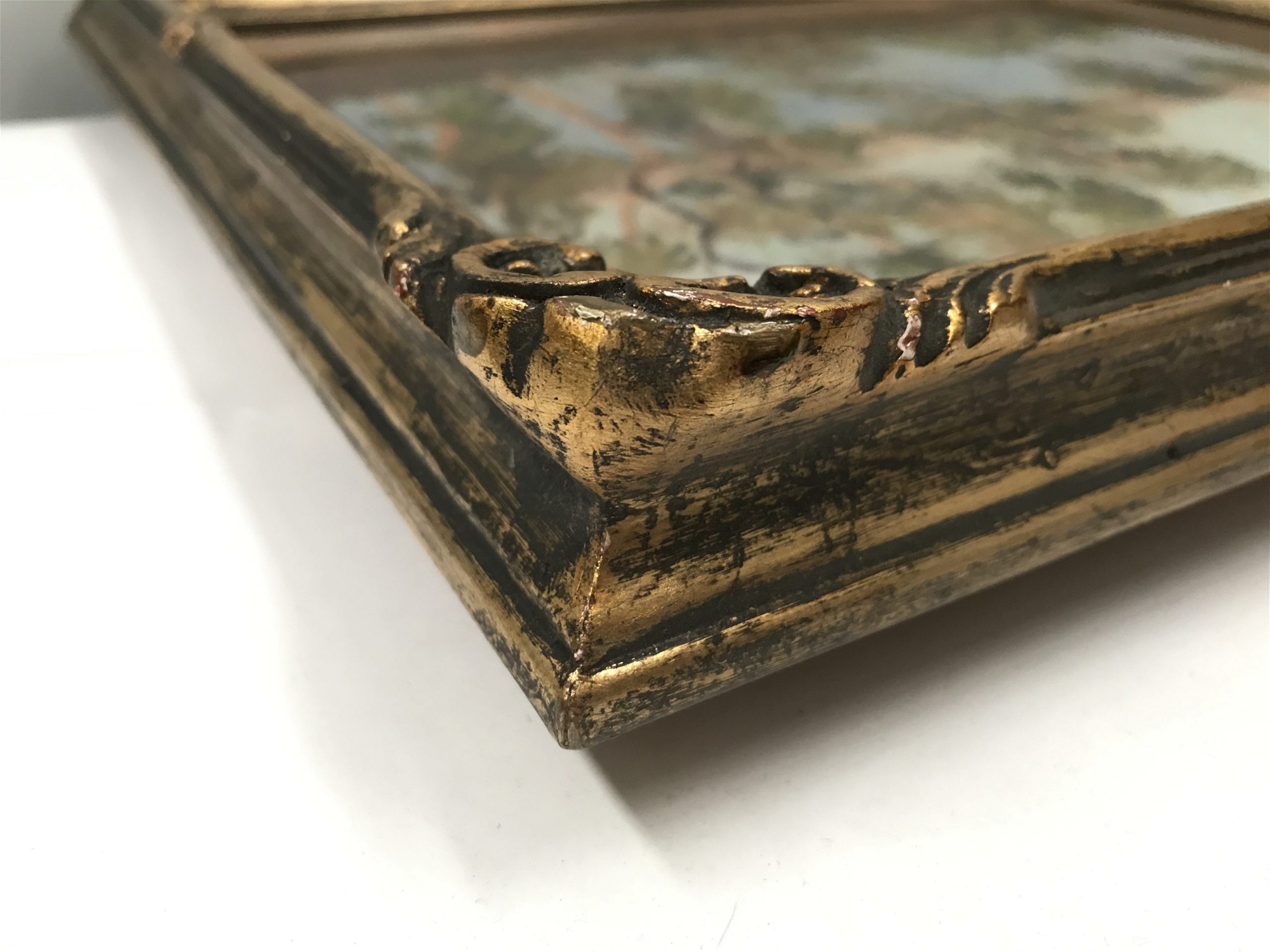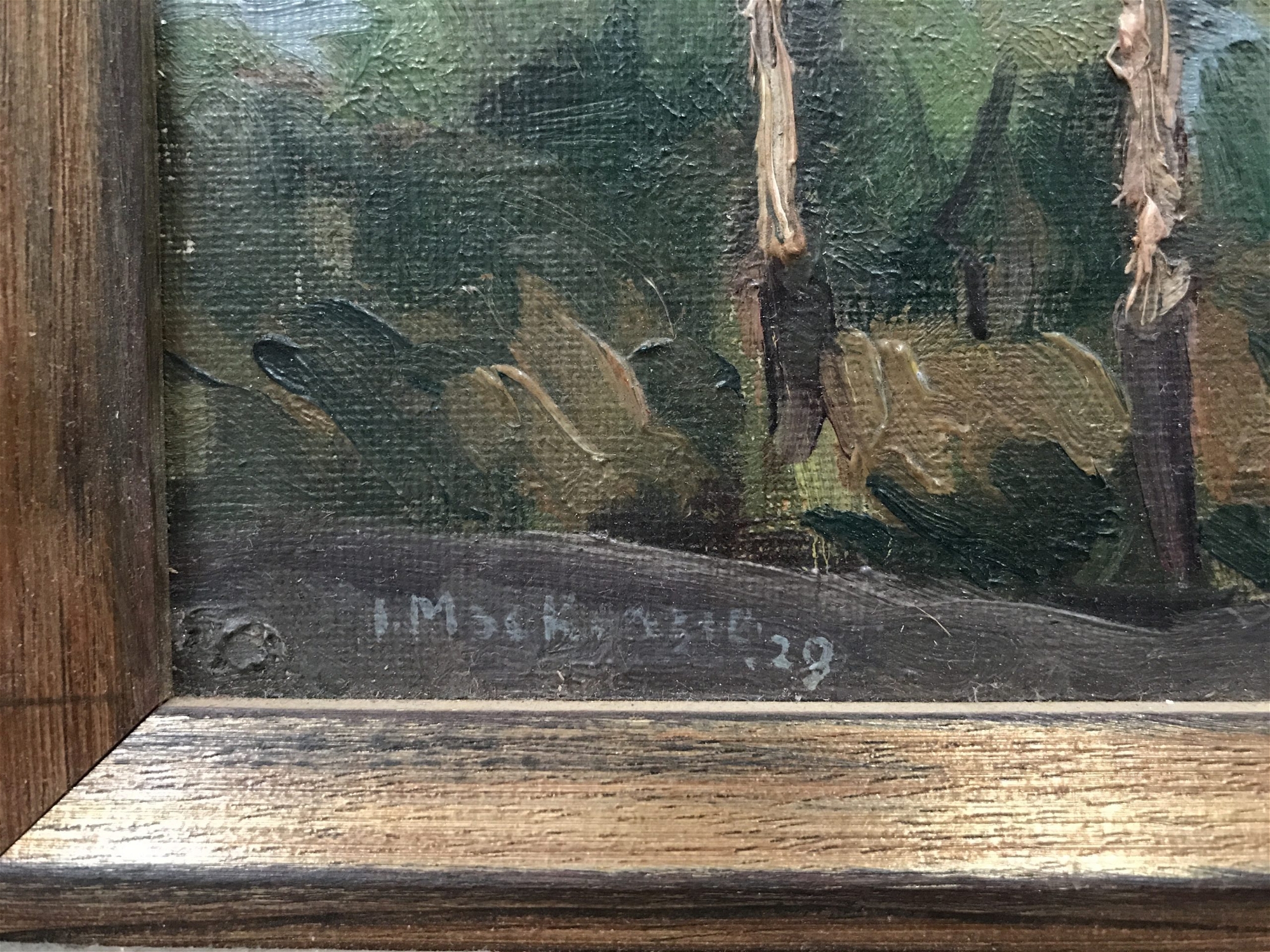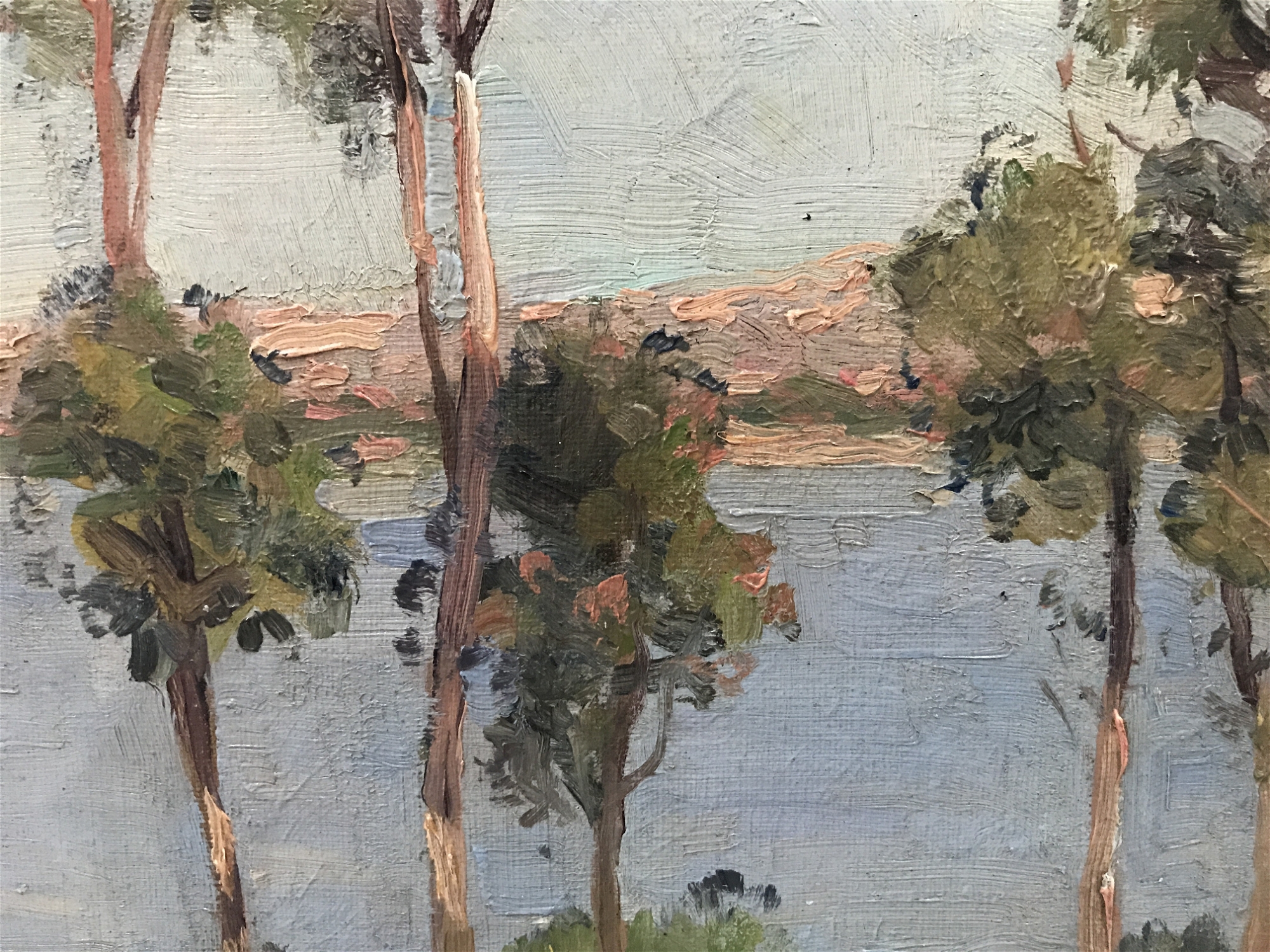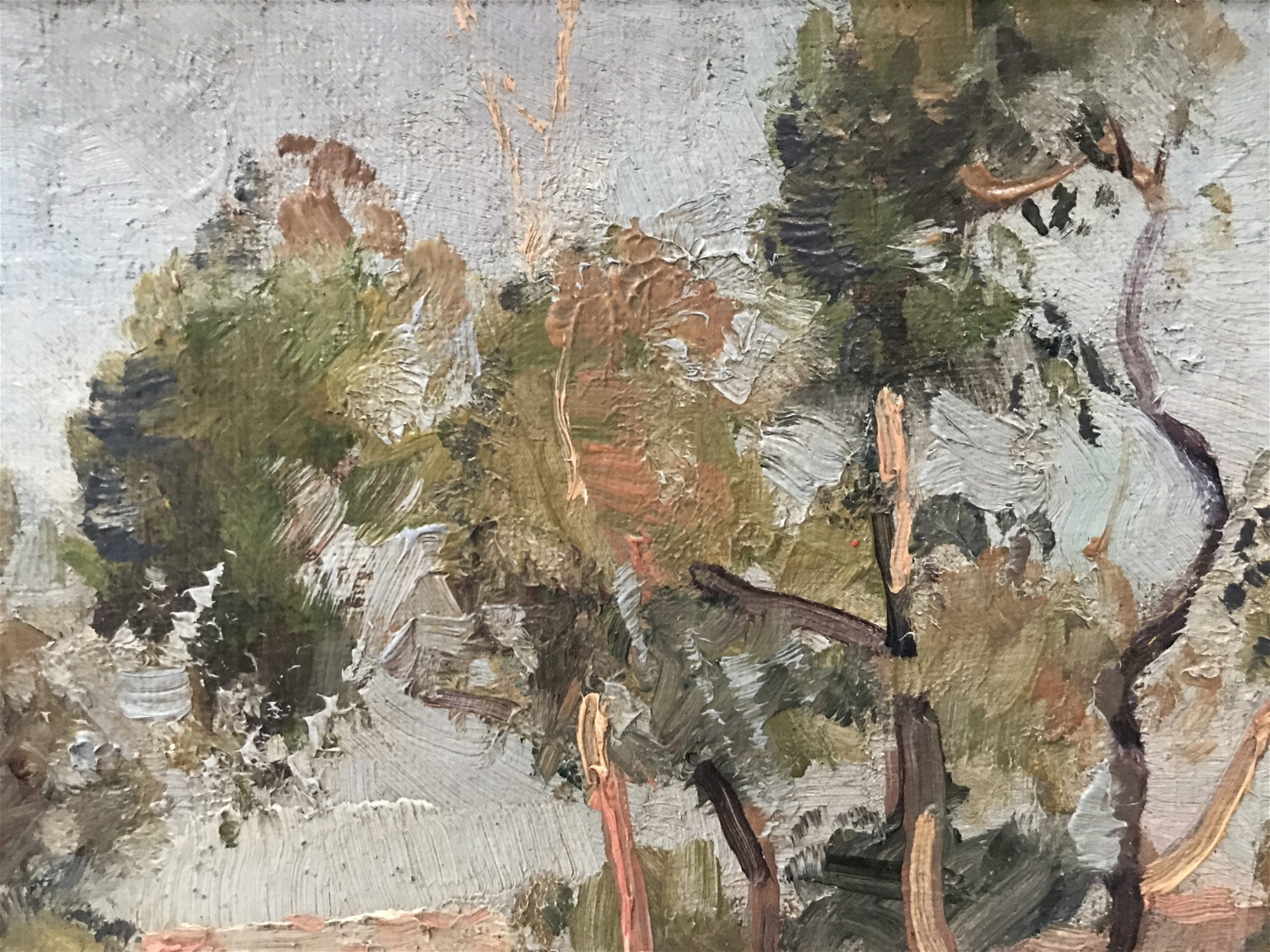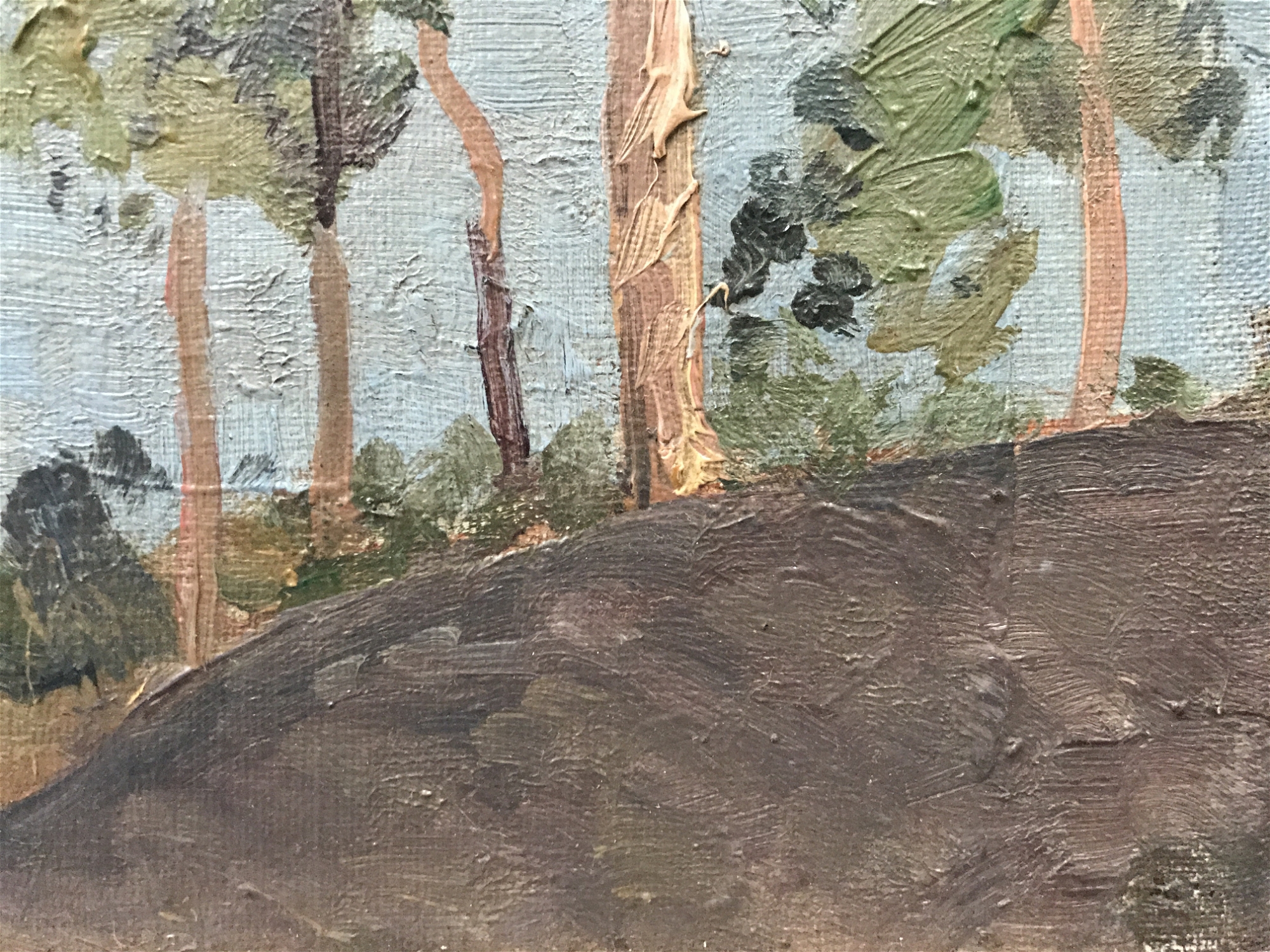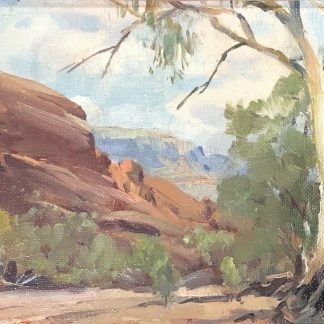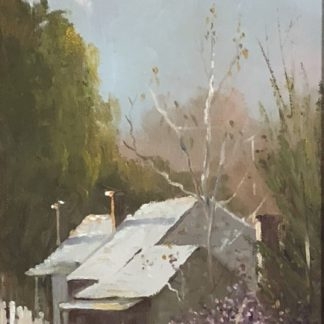Bio
Isabel Mackenzie (English/20th Century Australian 1890-1977) Bio
Isabel Mackenzie b. 1890 Artist (Painter), Artist (Draughtsman) Female drawer and painter of landscapes and still-life who dedicated her life to improving art education in New South Wales, while continuing to exhibit until her death painter and art teacher, eldest daughter of Alistair Ronald Mackenzie and Rosalind Isabel Agnes, née Walker, she was born in Melbourne.
She spent her early years in WA and Victoria before moving to Dubbo (NSW) with her family at the age of twelve. Her youngest sister was Nan Mackenzie An interest in the techniques of painting and drawing led her to train as an art teacher as well as a painter. Her classes at the Royal Art Society (RAS) in Sydney under Dattilo Rubbo and James R. Jackson were in the academic tradition of drawing from the antique. Early works were in charcoal, but oil painting was to become Isabel’s preferred medium. Between 1924 and 1928 she won three first prizes for landscape painting and one for still life from the RAS. She was secretary of the Fine Arts Club which met in the ballroom of Burdekin House in Macquarie Street When she began teaching in 1922, there were only twelve qualified art teachers in NSW schools. Her career spanned fifty-six years and she was active in gaining recognition and increased status for art teachers within the profession. She was Secretary of the Art Teachers Group of the Teachers’ Federation until 1940.
In March 1936 she sailed for England on the Balranald armed with letters of introduction. She visited London schools where innovative methods of teaching art to children were being practiced by the New Education Fellowship On her return Mackenzie was appointed lecturer at Sydney Teachers’ College (in 1941). In 1942 she was asked by the Director of Education at the College to write a series of articles on paintings in the Art Gallery of NSW for the Education Gazette , but conflict within the gallery prevented publication. That year she became responsible for the art department at the College and developed a correspondence course in art for soldier students which became the basis of a text she wrote in 1946 for children taking art as a correspondence subject. She left the Teachers College in 1955 but continued to teach privately until 1968. Her book, The Why and How of Child Art (Sydney 1955) aimed to help parents understand the work of their young children.
Isabel Mackenzie exhibited in many solo and group shows between 1924 and 1972. Her first exhibit, a view of the gun emplacement at Bradley’s Head, shown with the RAS as a student member, won first prize for landscape painting and was subsequently exhibited with the Society of Artists and the Watercolour Institute. In 1926, 1927 and 1928 she won further first prizes with the RAS. In the 1930s she exhibited with the Society of Artists, the Watercolour Institute and the Women Painters. Her first solo exhibition, in 1933, was at the Macquarie Galleries; others followed in 1934, 1936, 1937 and 1942 and she participated in many group shows there in the 1930s-40s. In 1935 she had a solo exhibition at the Sedon Galleries, Melbourne. In 1936 her work was included in the Women Artists exhibition in Sydney, in 1938 in ’150 Years of Australian Art’ at the Art Gallery of NSW.
That year she also participated in the inaugural Australian Academy of Art exhibition. She exhibited only once in the 1950s, with the Watercolour Institute, with which she mainly showed her work in the 1960s and early ’70s along with local council exhibitions at the Blue Mountains, Blackheath, Macquarie Towns, Penrith, Ashfield and elsewhere.





